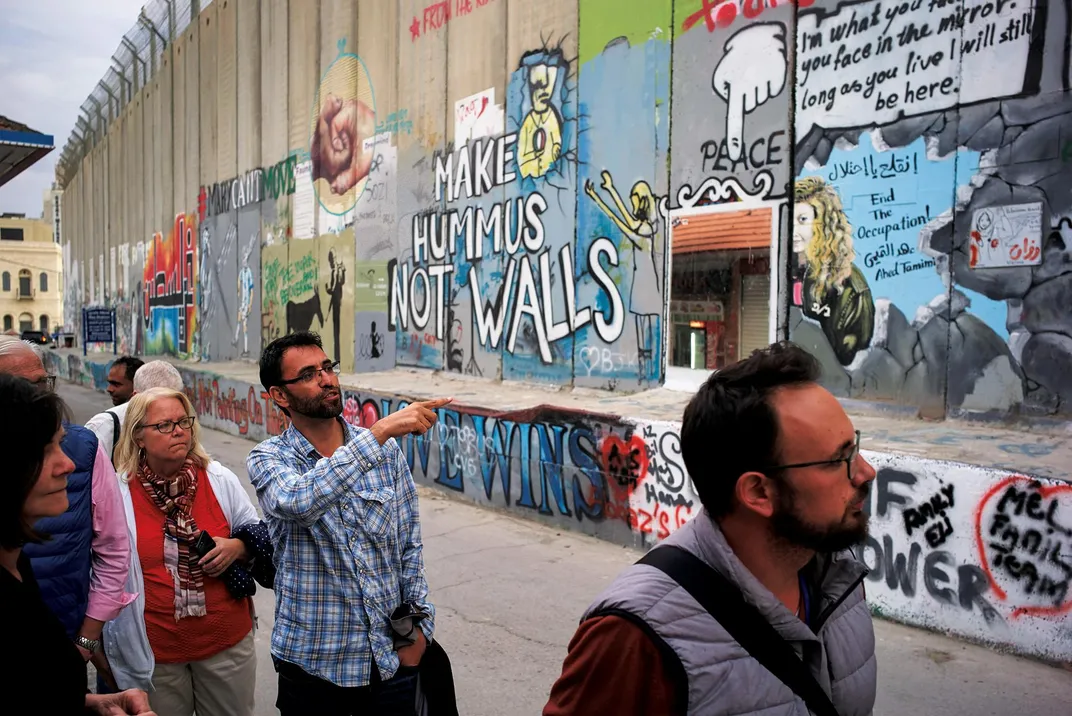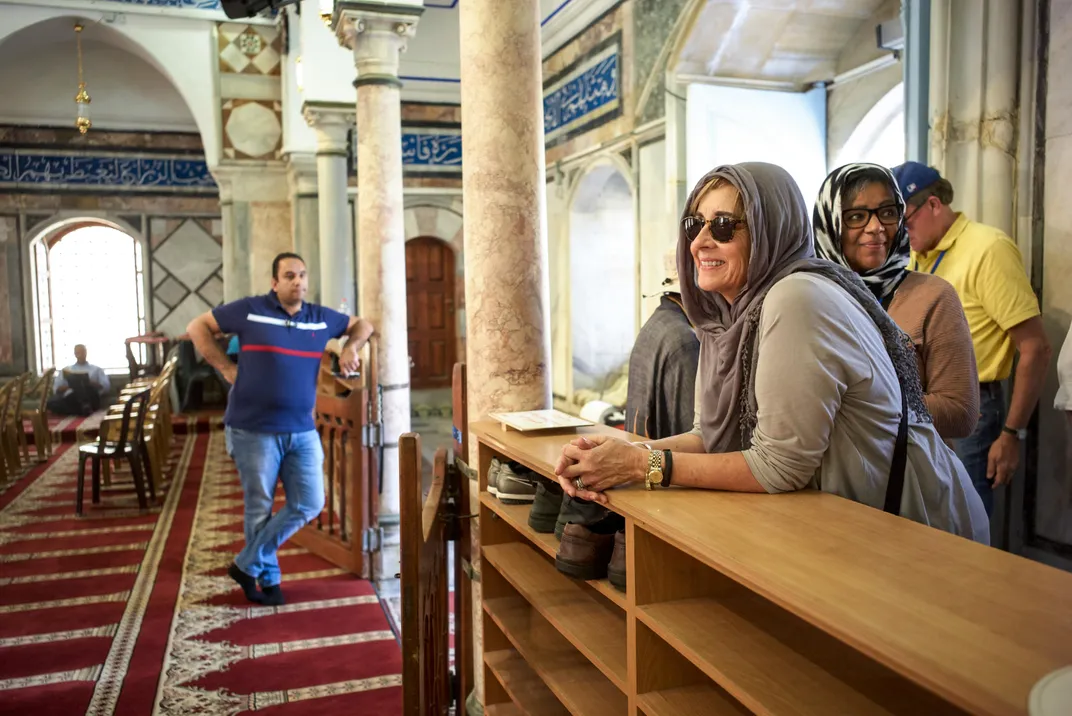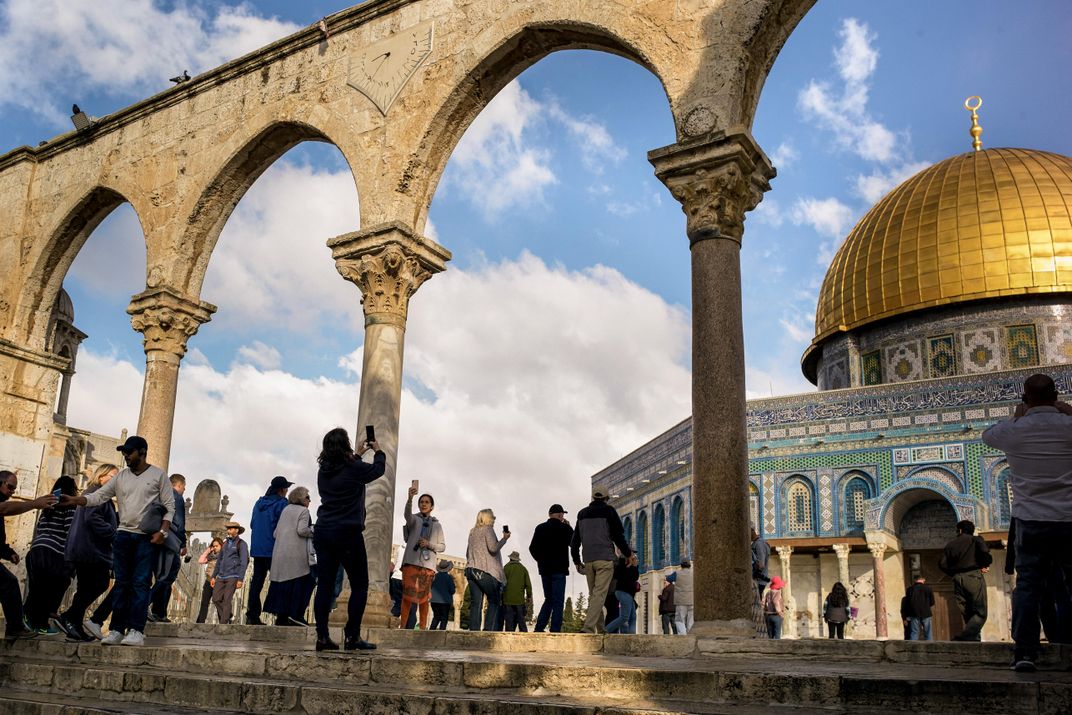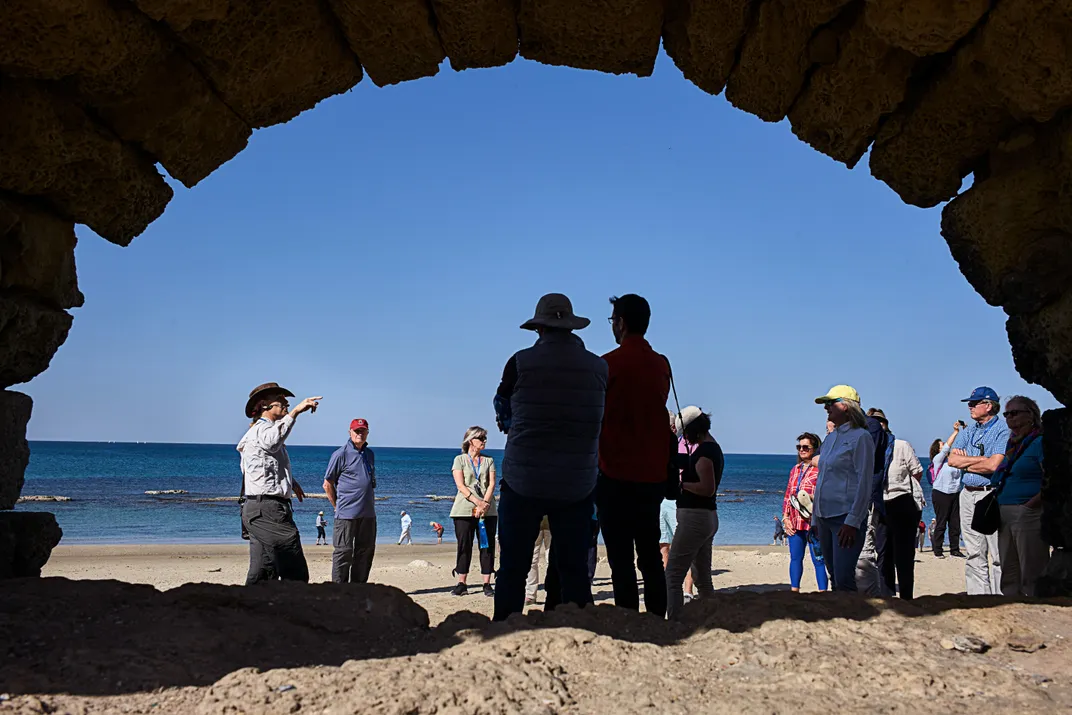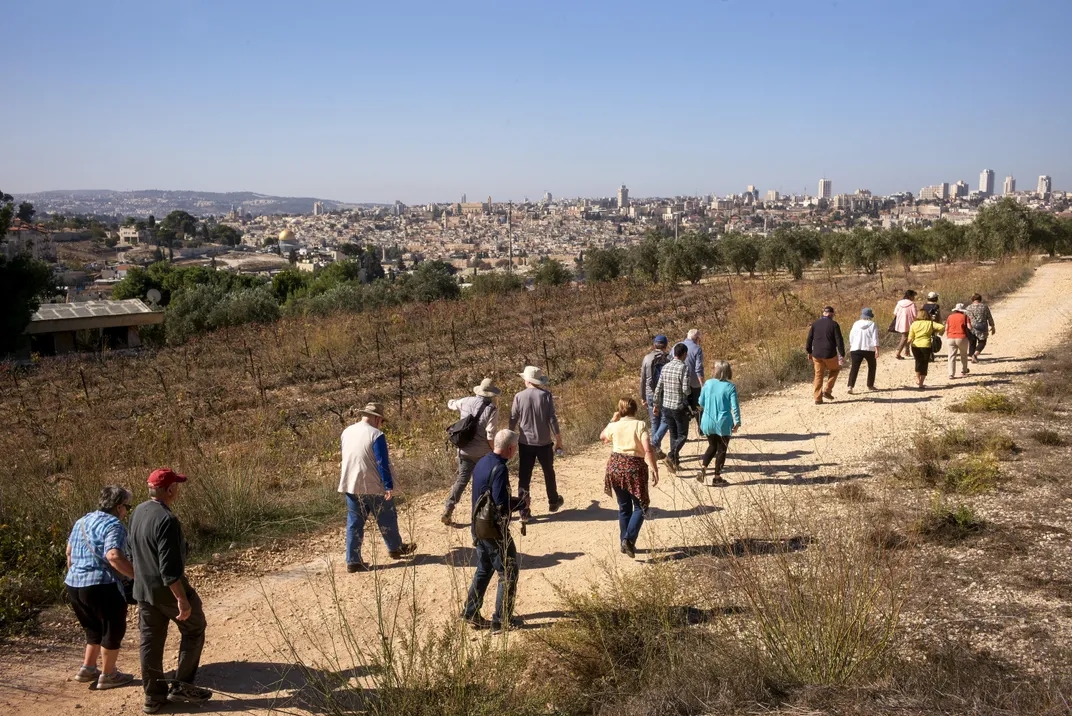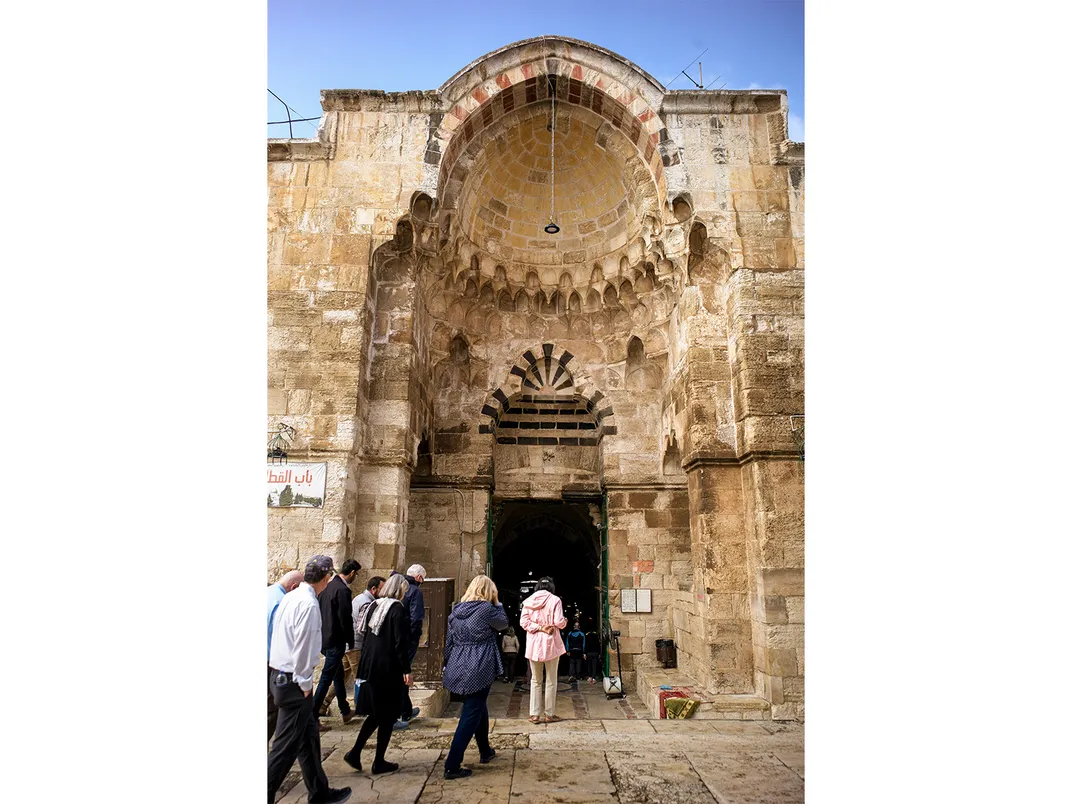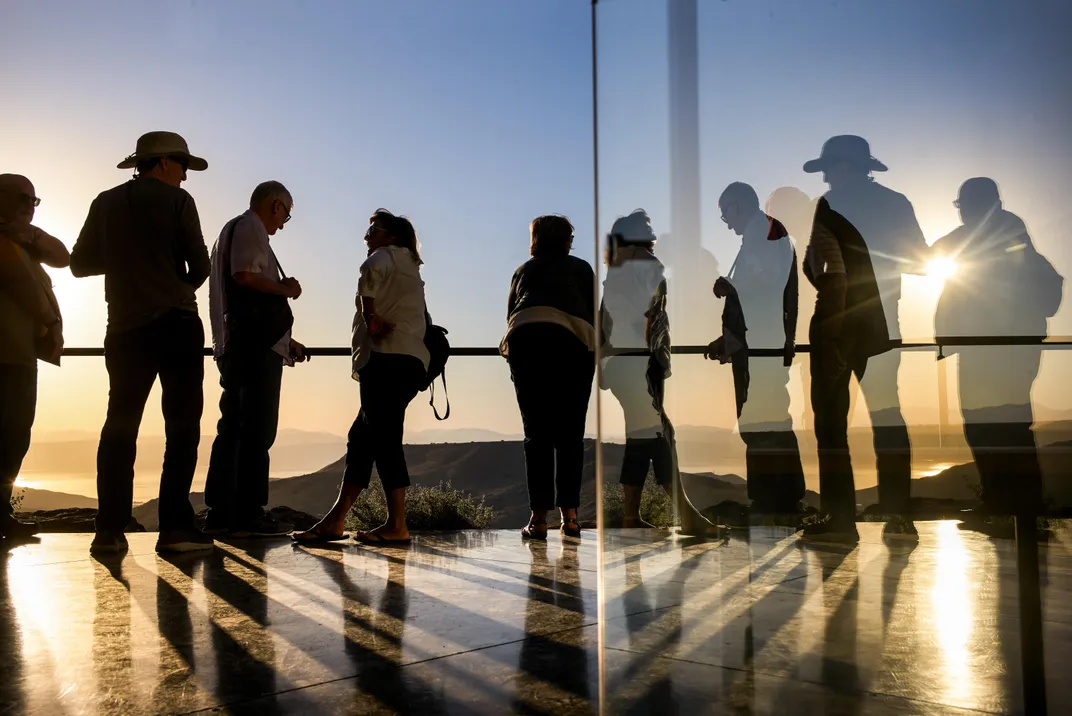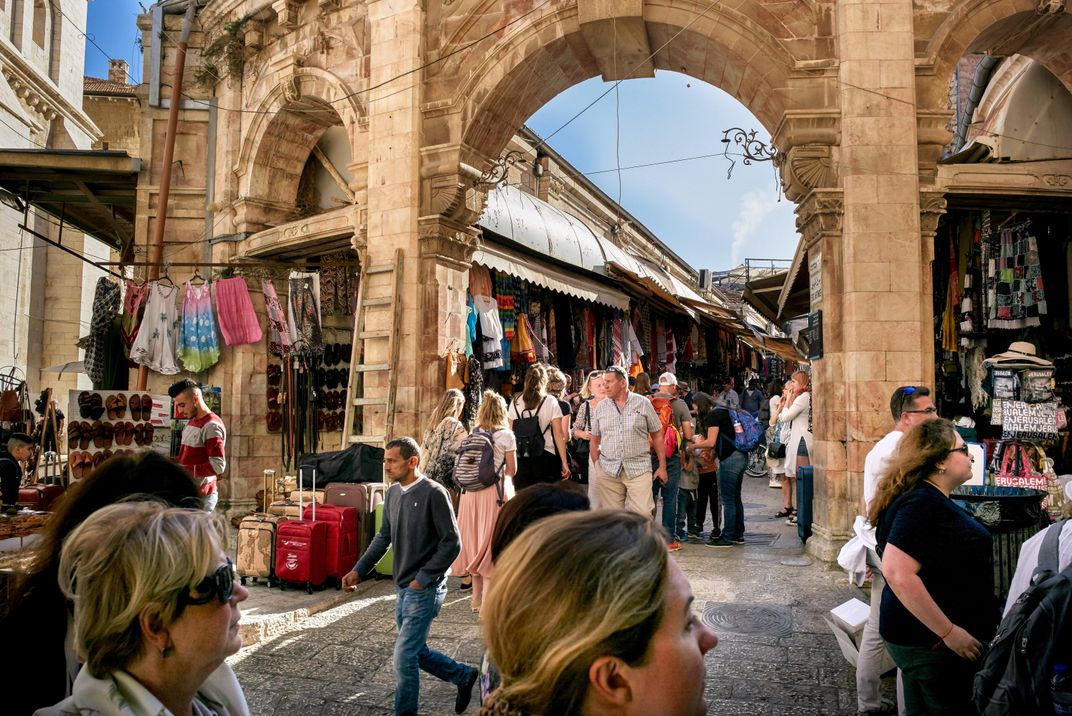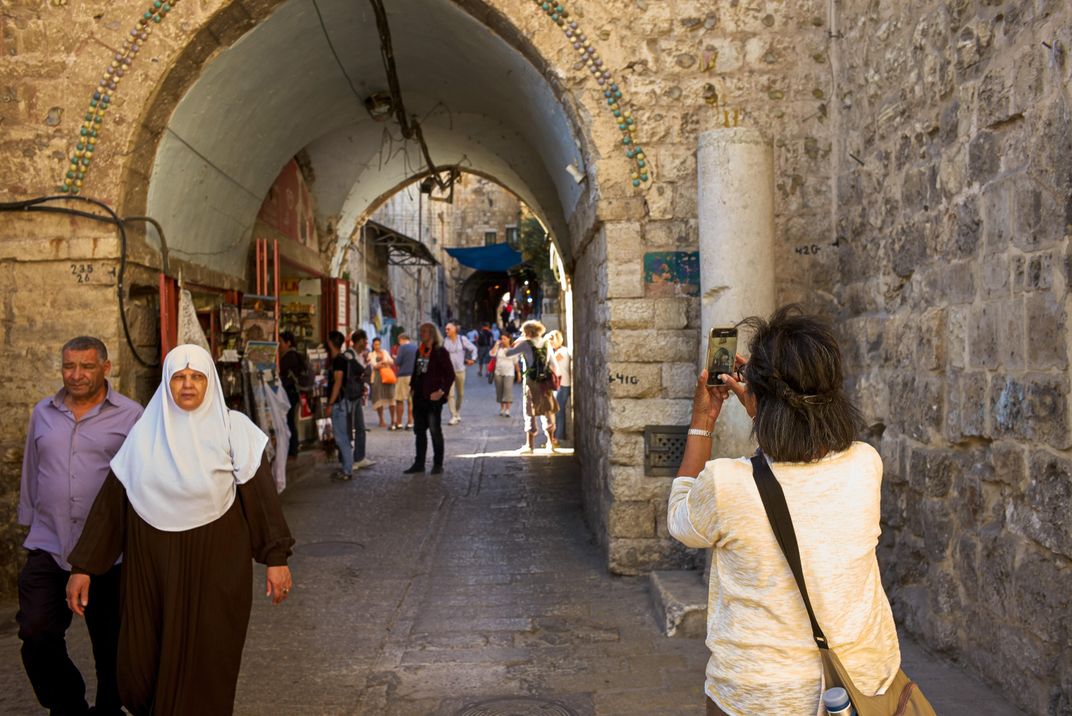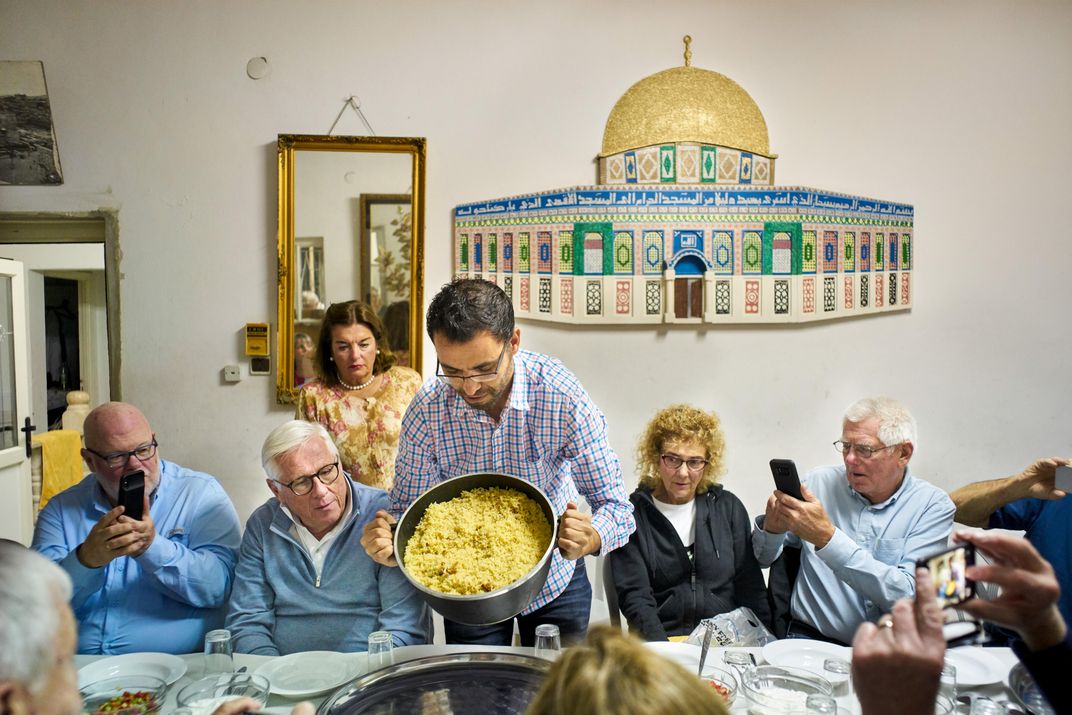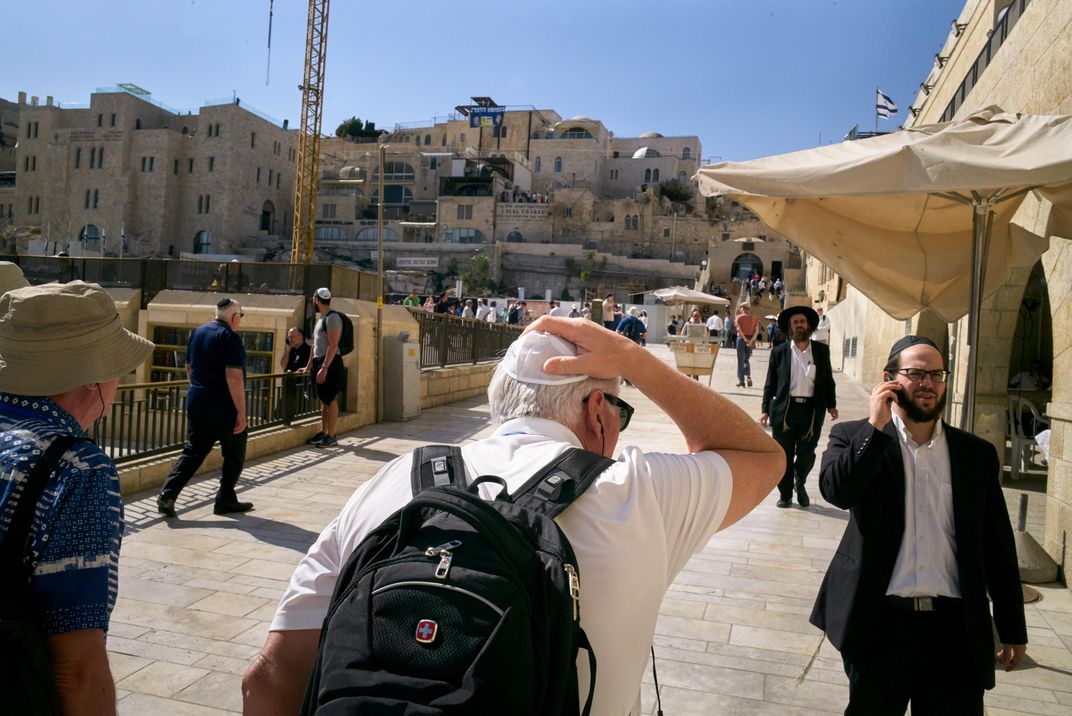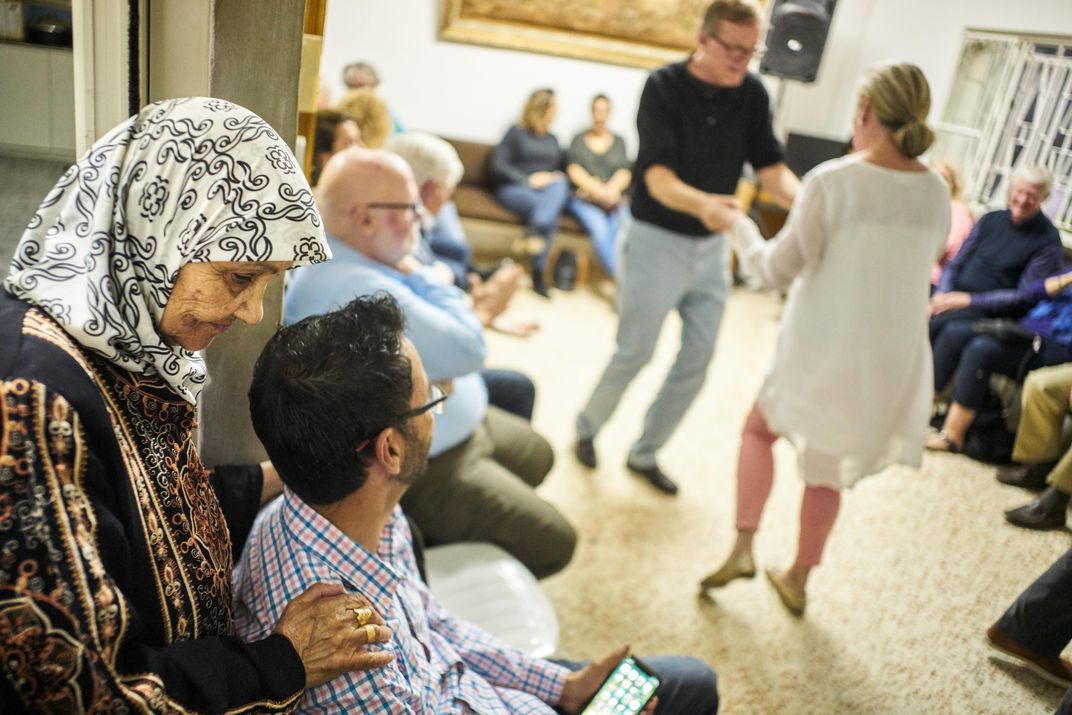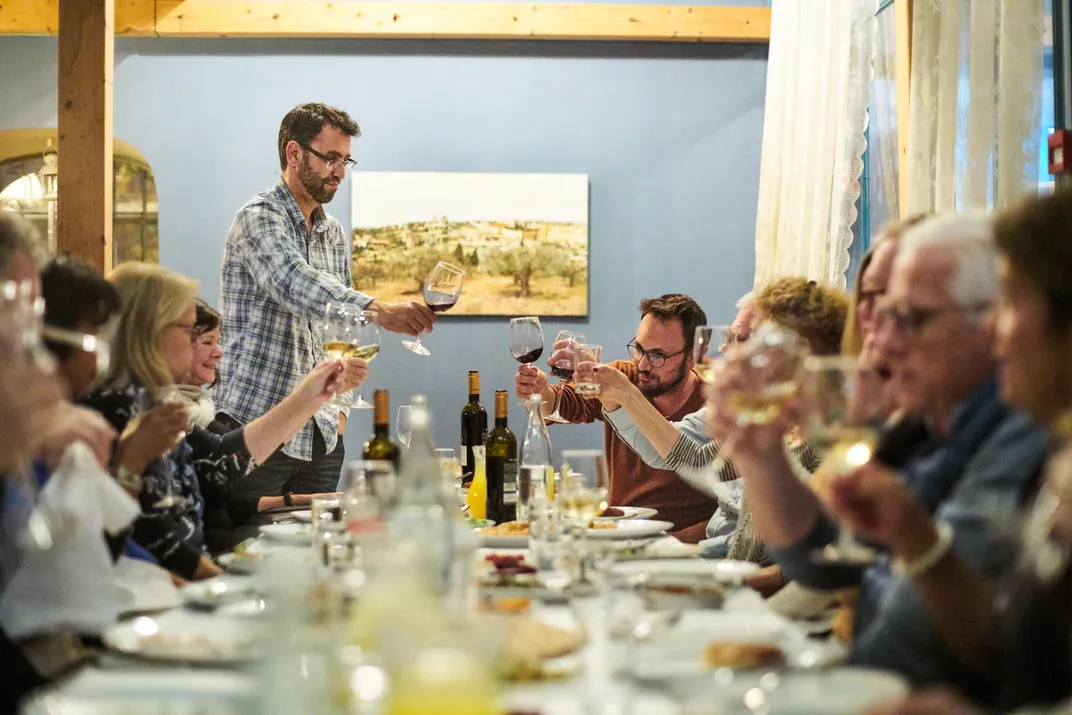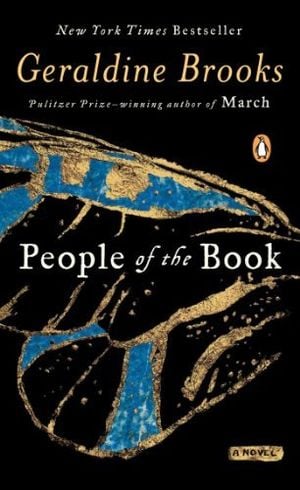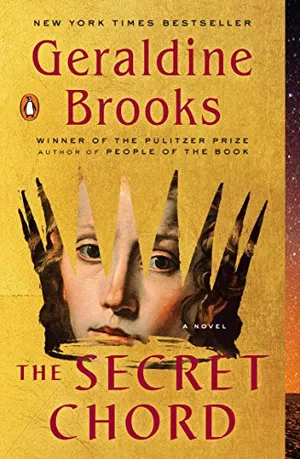In the fierce morning light of Caesarea, we hike down the beach, following the line of a ruined aqueduct that dates from the era of Herod the Great. The golden sand is littered with tiny russet tiles. Peering up into the dunes, we shade our eyes as our guide points out their source—the crumbling floor of what’s believed to have been a diplomat’s home when this Mediterranean port was an administrative center for the Roman occupation of Judea, some 2,000 years ago. Farther on, we see evidence of the Muslim conquest of the city 600 years later, ushering in Arab rule that lasted until the Crusades. Later, in 1884, Bosnian fishermen settled this shore, and the minaret of their mosque now punctuates a lively tourist precinct beside the leafy and affluent Israeli town where the Israeli prime minister, Benjamin Netanyahu, makes his home.
It’s our first morning in Israel, and already we’ve covered thousands of years of overlapping cultures, a perfect introduction to this tiny notch of land, so long inhabited, so often fought over and brimming with stories that have shaped the world. The group I’m with, mostly members of a Lutheran church in Lake Forest, Illinois, outside Chicago, is part of a tourist boom that last year brought four million visitors to this nation of fewer than nine million people. At many stops, we are surrounded by a babel of languages, representing visitors from every corner of the world, all drawn to this land and its stirring history. But our experience differs from that of most visitors. Instead of one guide, we have two—an Israeli and a Palestinian—and each gives a dramatically different perspective on everything we see. During the next week, we will travel from places of worship to archaeological sites and into private homes, crossing and recrossing Israeli military checkpoints and the approximately 285-mile separation barrier that divides much of this society.
Our Israeli guide is Oded Mandel, 38, the son of Romanian Jews, whose father survived the Holocaust as a child. Oded’s parents immigrated to Israel in the 1970s, after the Jewish state reportedly made cash payments to the oppressive regime of Nicolae Ceausescu in exchange for exit visas. Oded serves as a reserve officer in the Israel Defense Forces. Bearded and bespectacled, he describes himself as “proud in my military service, in being Jewish, proud in my parents and what they did to come here.”
Aziz Abu Sarah, also 38, a Palestinian Muslim, lives under occupation in his birthplace, East Jerusalem. He was 9 years old during the first Palestinian Intifada, when Israeli soldiers burst into his bedroom one night to arrest his older brother, Tayseer, who was accused of throwing stones. Tayseer went to prison and, after his release nine months later, died from injuries he sustained there.
I first visited Israel and the occupied Palestinian territories during that uprising, in the winter of 1987. I was a young correspondent for the Wall Street Journal, dodging stones and rubber bullets to interview boys like Tayseer as well as reservists like Oded. I empathized with the Palestinians, many still children, risking their lives to protest poverty and daily indignity. But I also felt the crushing anxiety of Israelis, especially Holocaust survivors and terror victims, and I sympathized with soldiers, many of whom despised their new duties skirmishing with civilians. I also grew frustrated, in the safe comfort of European and American cities, with the smug certainties of friends who could feel sympathy for only one side. Either all Israelis were brutalizing oppressors or all Palestinians were bloodthirsty terrorists. I wished my acquaintances could spend even a week doing what I did, listening to stories from both sides that were often equally harrowing.
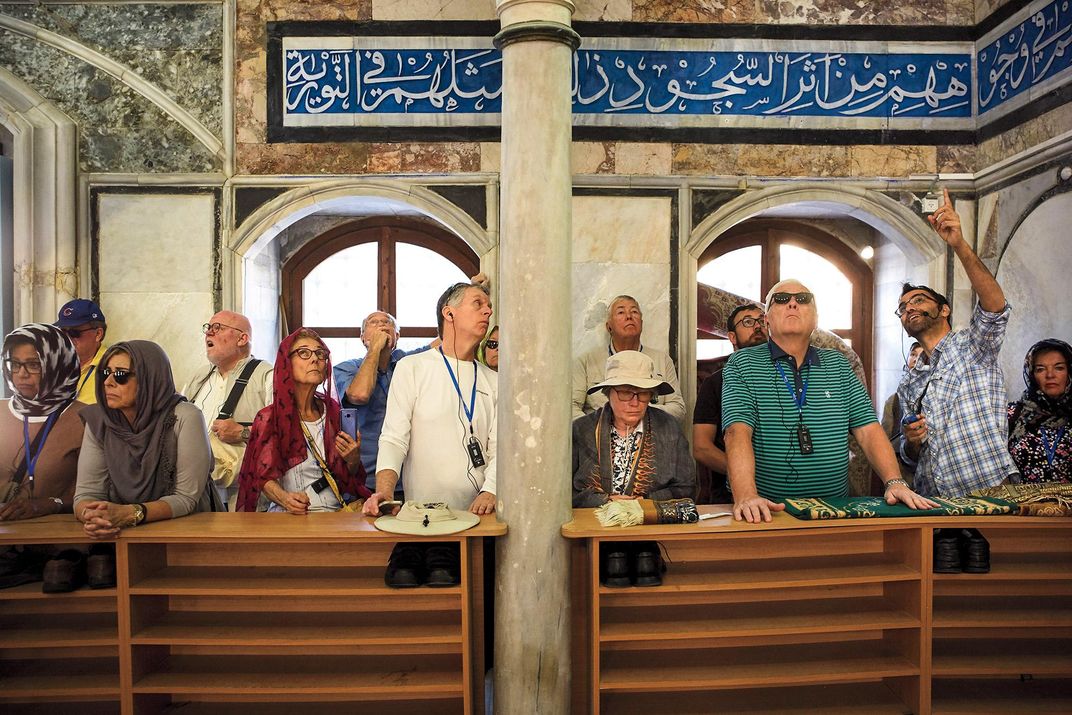
Aziz Abu Sarah created Mejdi Tours to offer just such an experience. He was well aware that most visitors receive just one view: Jewish tourists and many Christian groups focus heavily on Jewish history and rarely visit the West Bank or interact with Palestinians. Palestinian tours, by contrast, focus on difficulties of life under occupation and the Christian pilgrimage sites in Palestinian towns such as Bethlehem, while millennia of Jewish history is ignored.
Aziz, like an archaeologist at one of the country’s celebrated tels, or archaeological mounds, had the idea to present visitors with the multiple narratives of the people who share this land, digging down layer by layer and story by story, undaunted by complexity—indeed, reveling in it.
* * *
Arriving in Nazareth feels like crossing an invisible border into an Arab country. Minarets stud the skyline, mixing with church spires. Clutching falafel sandwiches, we wander past neon signs in Arabic and women wearing colorfully embroidered Palestinian dresses. In the market, spice sacks gape open, revealing bright saffron and paprika. Cardamom and coffee scent the air.
The Chicagoans I’m with are a well-traveled group, mostly professionals, but only a few have been to Israel before. They lob questions at our guides. Though Aziz’s and Oded’s perspectives are not aligned, they share an easy, bantering relationship. Aziz, wearing a pearl-buttoned Western-style shirt that signals his love of country music, is naturally ebullient, with the affect of a stand-up comic. Oded, affable and measured, says he likes the Mejdi Tours approach “as a way to challenge what I am thinking.” Frequently, each offers the same caveat before answering a question: “It’s complicated.”
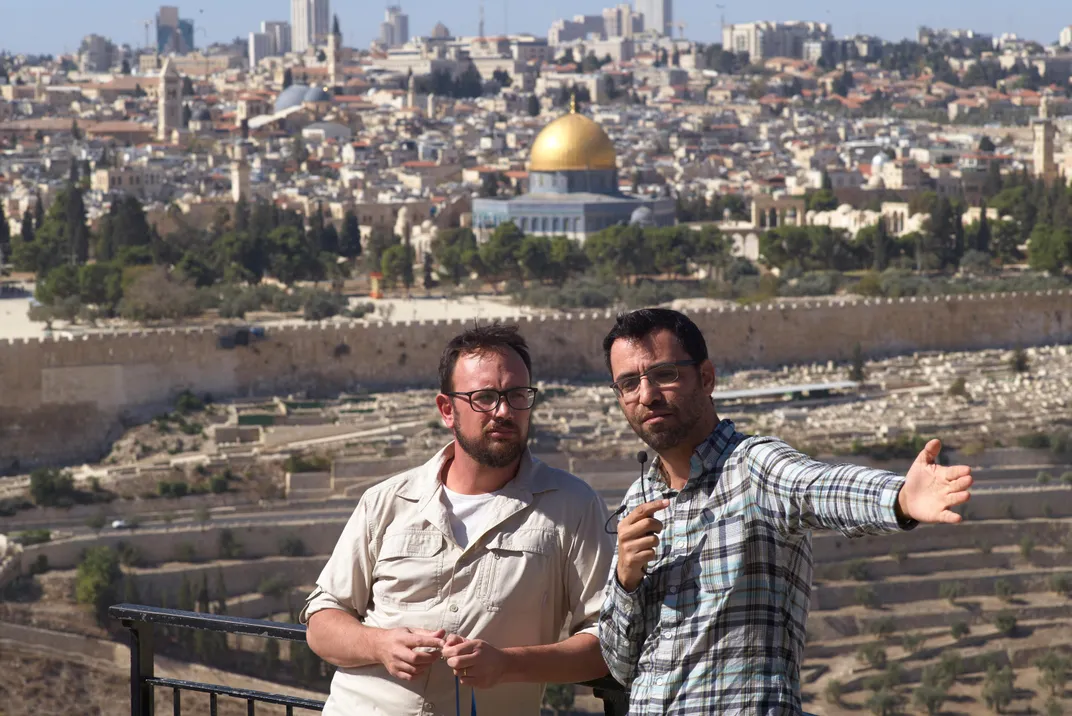
Now some in our group are struggling to understand the legal status of the people in Nazareth, which is one of the largest Palestinian communities within Israel. Arab Israelis, or Palestinian citizens of Israel, as most prefer to be called, make up 21 percent of Israel’s population. They carry Israeli passports, can vote in national elections and send Palestinian members to the Knesset, or Parliament. Why, one traveler asks, did some Arabs stay inside the new State of Israel while so many others fled during the Arab-Israeli War of 1948?
Oded gives the Israeli narrative, explaining how European Jews, fleeing pogroms and discrimination, began to return to their ancient homeland in the 19th century, when it was under Ottoman and later British rule. Occasional acts of violence between Arabs and Jews turned to outright conflict when Jewish migration accelerated during and after the Second World War, as displaced refugees and survivors had few other places to go. In 1947, as the British mandate was ending, the United Nations voted to partition the land into separate homelands for Jews and Arabs. “The Jewish side said, ‘Yes, we need a state right now.’ We tried to live here in peace, we acknowledged partition,” Oded says. “But the Arabs said ‘No,’ and in 1948 we had to fight five different Arab armies” during what Israelis call the War of Independence.
When Aziz takes up the narrative, he uses the Palestinian term for the 1948 war: al-Nakba, the Catastrophe. He describes the killing of Palestinian civilians by Jewish paramilitaries. “People were terrified,” he says. Arabic radio broadcasts fanned the panic, warning of massacre and rape. In fear for their lives, huge numbers fled to the West Bank and Gaza Strip as well as to Lebanon, Jordan and Syria. “They thought the fighting would end in a few days, and they would come back to their homes. They were not allowed to, and those who fled—at least 700,000 people—became refugees.”
Oded interjects that more than 800,000 Jews were themselves forced to flee Arab countries such as Egypt, Syria, Iraq and Yemen following violent reactions to Israel’s founding.
“I don’t accept that parallel,” counters Aziz. “What Egypt did is not the Palestinians’ responsibility.”
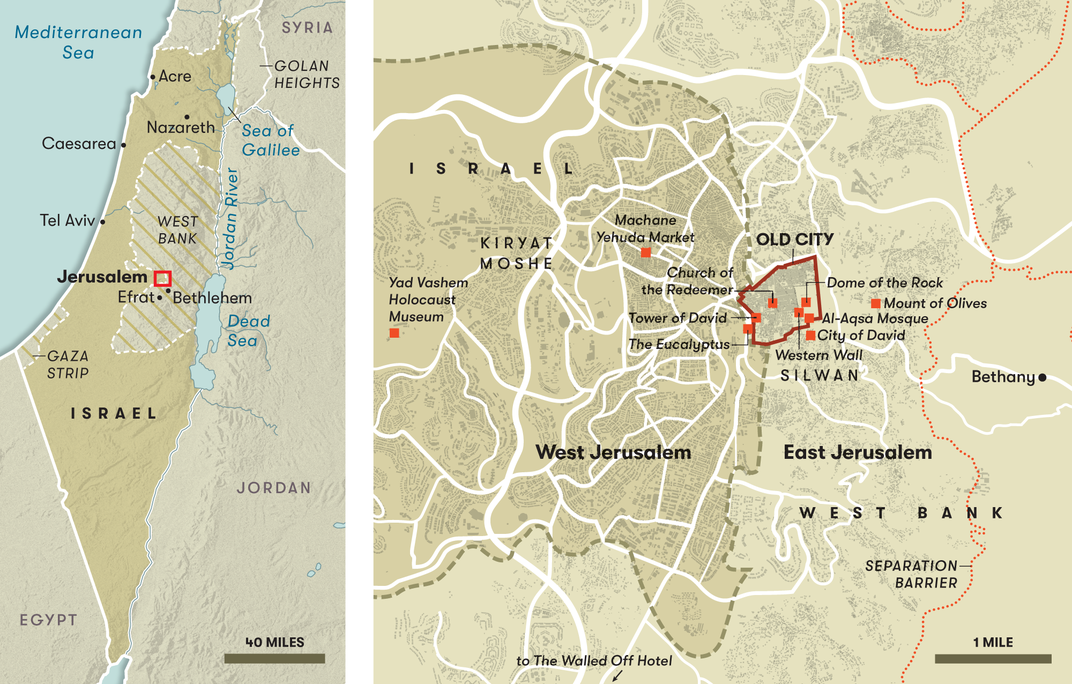
The discussion is interrupted when our bus rounds a curve on an olive-studded hillside and a shimmering sheet of water comes into view. “That’s the Sea of Galilee?” exclaims one incredulous Midwesterner. “It looks like a little lake in Wisconsin!” This issue of scale will come up again and again—the trickle of water that is the “mighty” Jordan River, even the size of the disputed land itself, which is slightly smaller than New Jersey. It is vividly on display in the Golan Heights, in Israel’s far north, where barbed wire surrounds an army post that looks into Syria. A sign indicates that Damascus lies just 60 kilometers, or 37 miles, away.
* * *
For a long time after the death of his brother, Aziz would not have listened to an Israeli perspective like Oded’s. A self-described radical bent on revenge, Aziz refused to learn Hebrew because it was the “language of the enemy.” But, after graduating from high school, he couldn’t get a decent job, so he joined a class at a language center designed for recent Jewish immigrants. For the first time, he met an Israeli who wasn’t a soldier. His teacher was sensitive and welcoming. “Since I didn’t know enough Hebrew to argue with her, we had to become friends first,” he tells me.
That experience kindled a new curiosity. Aziz went to work for a Jewish ceramics company in the ultra-Orthodox Jerusalem neighborhood of Mea She’arim (“My employers were very good to me”), and attended an Evangelical Christian Bible college in Jerusalem. (“I didn’t want to know what Muslims think Christians believe. I wanted to understand from Christians what they believe.”) Aziz then joined a support group for those who had lost a family member in the conflict; members shared their stories and discussed reconciliation.
In front of often-hostile audiences, he retold the story of Tayseer’s death alongside an Israeli with his or her own tragic tale of violence and bereavement. He saw that such stories had immense power to change people’s thinking, and he expanded on that experience by creating a radio program, in Hebrew and Arabic, in which Israeli and Palestinian guests would each speak about a dramatic change in their life or attitude. Eventually, Aziz’s activism brought him to the attention of Scott Cooper, then a director of George Mason University’s Center for World Religions, Diplomacy and Conflict Resolution in Fairfax, Virginia, where Aziz was recruited to create programs in interfaith outreach, peace-building, negotiation and government reform, which he then led in person in Afghanistan and Syria and in online courses for Iranians.
In 2009, Aziz and Cooper created Mejdi Tours, adhering to strict principles of social and environmental responsibility. The company has spent more than $900,000 in the communities it visits, and its tours and tourists have spent $14 million at local businesses. Groups are almost never booked in chain hotels and are encouraged to shop at small stores or fair-trade co-ops. The company offers similar multinarrative tours in Northern Ireland, Bosnia and Herzegovina, Iraqi Kurdistan and other places that have experienced conflict.
“In a place like Barcelona, people can’t stand tourists, because they don’t connect with the locals,” Aziz says. “We’re all about making connections.” He quotes the 14th-century Moroccan traveler Ibn Battuta: “Travel makes you speechless, then it turns you into a storyteller.”
* * *
On Friday morning, as we prepare to explore the ancient port city of Acre, a mixed Jewish-Arab city on the northwest coast, Aziz mentions the widespread view that the city has the country’s best hummus. “Personally, I don’t agree with that,” he adds.
“Me neither,” says Oded.
“Finally, we have one narrative here,” Aziz quips.
We visit the green-domed Al-Jazzar Mosque just as worshipers are arriving for Friday midday prayers, the week’s most important communal observance. Most of the travelers have never set foot in a mosque. They gaze at the intricate tilework adorned with calligraphic inscriptions from the Quran. Since Islam regulates every aspect of a believer’s life, Aziz explains, the imam’s sermon may extend beyond the spiritual, touching on some matter of daily existence—diet, say, or finance. Or the sermon might be intensely political, which is one reason demonstrations often erupt on Fridays after prayers.
Later, on the road to Jerusalem, Oded remarks that Friday is special for Jews as well, as sunset marks the beginning of Shabbat, the Sabbath. “You’ll see that the traffic is going to get lighter. Religious people will be walking to synagogue.” Soon we are walking ourselves, having left the bus behind at the entrance to Kiryat Moshe, an Orthodox Jewish neighborhood where driving is discouraged between sundown Friday and sundown Saturday.
At the apartment of Rabbi Joshua Weisberg, we squeeze around a table, humming along as his family sings a traditional song to greet the Sabbath. “And now,” says the rabbi, “I’m going to bless my children. It’s going to take a while.” There are eight children, ranging in age from 3 to 20. The eldest, a daughter, is away, studying at a religious seminary, but one by one the others come to the head of the table, snuggling against their father as he embraces them and whispers the ancient Israelite blessing: “May God shine his face upon you and show you favor....”
Over dumpling soup and platters of chicken, Rabbi Weisberg tells us that the same blessing was found etched onto a 2,800-year-old silver amulet excavated at an archaeological site only a few miles from the apartment. “A parent in Isaiah’s Jerusalem probably put that amulet on his child, expressing the same hopes and concerns, in the same Hebrew I prayed tonight,” he says. “That’s one of the reasons it’s important for me to be here—to feel that continuity of Jewish life in this place.”
When the rabbi’s two eldest daughters finished high school, they chose to do two years of national service, working with disadvantaged and disabled kids, which is an alternative to military service open to religious youth. But the third daughter plans to join the army, a controversial choice among Orthodox girls. “Israel defends me,” she told her father. “I won’t serve?” To the rabbi, that independence of mind is welcome. “I want my children to be Jewish, and to have a connection with God—I’d be devastated if they didn’t have that. But for the rest, they will decide.”
On the way back to our hotel, Aziz, who had not met Rabbi Weisberg before, is enthusiastic about his humor and openness. “I told him I’d like him to be involved with more of our groups. He said, ‘Are you sure you want me? I’m a right-wing guy.’ I told him, ‘That’s why I want you—I know plenty of leftists already.’”
* * *
The West Bank settlement of Efrat, about an hour south of Jerusalem, consists of red-roofed residences slung across seven hilltops, and is surrounded by long-settled Palestinian villages. Efrat is populated mainly by traditional religious Zionists, many of whom believe they have a national and spiritual imperative to settle the biblical lands of Judea and Samaria. But lots of residents, says Shmil Atlas, who directs development in the settlement, move there for other reasons, too. He cites the settlement’s proximity to Jerusalem, good schools, a well-educated professional community, as well as cost: a three-bedroom house, for example, can be bought for about the same price as a one-bedroom apartment in Jerusalem.
Efrat is now home to about 12,000 Israelis, and the community plans to grow by 60 percent over the next few years. Part of the settlement is in lockdown this morning, because of suspected infiltrators detected by electronic sensors. When we arrive, security personnel are searching house to house. Palestinians who usually work here have been banned from entering. (No infiltrators were found.)
Despite the heightened tension, Atlas paints a sunny picture for us of the settlement’s relationship to its Palestinian neighbors. Nearby villagers, Atlas says, are glad of the work the settlement offers—around a thousand jobs, mostly in construction, maintenance and agriculture. Since most of the Israeli residents commute to work in Jerusalem, he jokes that by day the mayor of Efrat is “the mayor of a Palestinian city.” One woman in our group is clearly taken with Efrat—the crisp, luminous air of its hilltop setting, the charming villas splashed with bougainvillea.
But the cost to Palestinians of ongoing settlement expansion is on stark display less than ten miles north, where the town of Bethlehem is being slowly choked by military checkpoints and is unable to grow because of the looming separation barrier. “The whole town is essentially walled in,” the Rev. Dr. Mitri Raheb, president of Dar al-Kalima University College of Arts & Culture, tells the group. When Raheb’s mother was hospitalized for cancer treatment in East Jerusalem, he was able to get a permit from Israel to visit her; his mother’s sisters were denied. When his father-in-law was suffering a heart attack, a border guard required him to exit the ambulance and walk through the checkpoint. He died a few days later.
“We have no room to grow,” Raheb laments. “It is destroying the character of the little town, and its economy.” A quarter of Bethlehem’s work force is unemployed, and the need to use every inch of land means little green space. “Our kids don’t know what spring looks or smells like,” he says. But Raheb, a Palestinian Christian, paraphrases a comment attributed to Martin Luther, on the essential need to retain hope: “If the world is ending tomorrow, go out and plant an olive tree.” He fulfills that ideal by leading the sole Palestinian university dedicated to arts and culture. “We are educating the next generation of creative leaders in Palestine,” he says proudly.
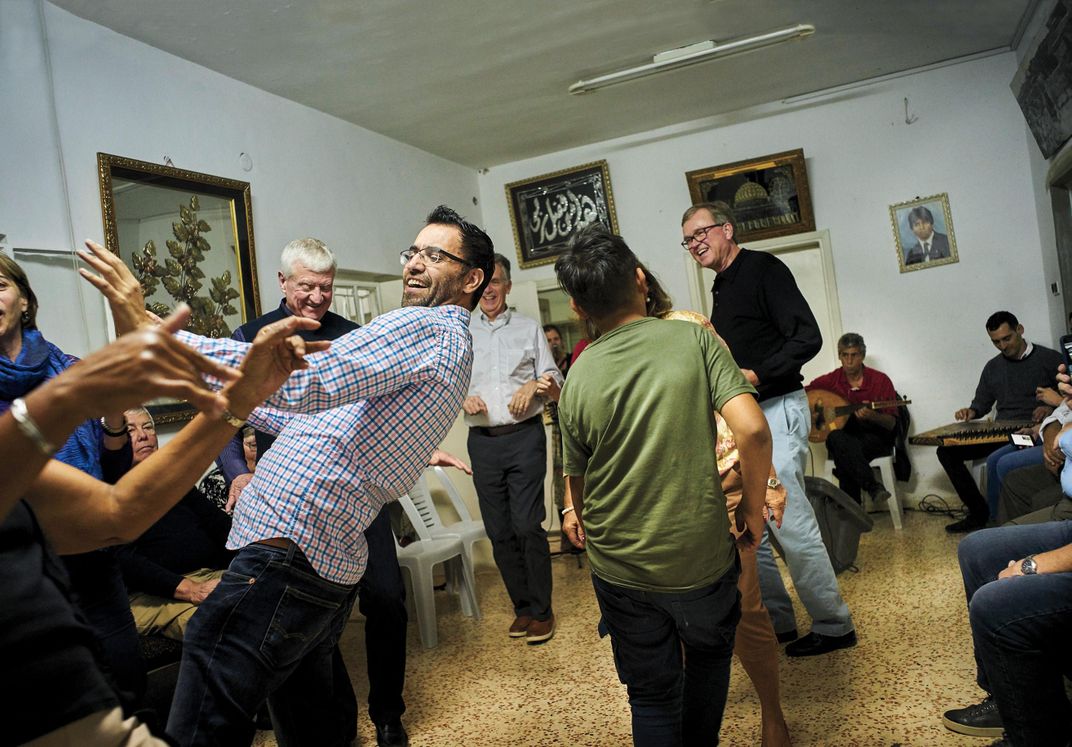
Snarled in traffic at a checkpoint, the traveler who had earlier been drawn to Efrat now works through her feelings. “I thought, I’d like to live there: It’s intellectual, it’s a mix of young and old, it’s a really pretty community. But then in Bethlehem you see how suffocated they are. It’s like a ghetto.”
To Aziz, this is how a Mejdi trip is supposed to work. “Most people who come here will hear only one of these two narratives,” he says. “If they come here already very pro-Palestinian, I’ll say, let me push you a bit harder to see the other side. Same thing if they’re very pro-Israel. Being able to see the other side doesn’t mean you have to agree with it.”
* * *
One morning, we find ourselves on the Mount of Olives—picking olives. It’s a volunteer effort for the beleaguered Augusta Victoria Hospital, a Lutheran institution that cares for about 700 patients a day from Gaza, the West Bank and East Jerusalem, specializing in oncology and nephrology. The gray-green olive groves cover the hillside, and the Chicagoans climb into tree branches to harvest ripe fruit onto waiting tarps. Oil from these 800 trees will be sold to raise funds for the hospital, which has been under severe financial pressure, especially since the Trump administration halted aid to the Palestinians. Previously, such aid covered almost a quarter of the hospital’s bills, explains Pauliina Parhiala of the Lutheran World Federation. “There are USAID stickers on a lot of the equipment.”
Money isn’t the only challenge. Palestinian hospital staff who live in the West Bank are sometimes delayed at checkpoints. Not quite two-thirds of the Gazans who apply to come to the hospital receive permission to enter Israel, and sometimes the parents of children who need dialysis or chemotherapy are denied entry on security grounds. Still, Parhiala says, medicine is a bright spot of Palestinian and Israeli cooperation. Palestinian doctors receive overwhelming support from Israeli colleagues, training together and working side by side. “Even in the most difficult times, this has continued, and that’s a ray of hope for me,” Parhiala says.
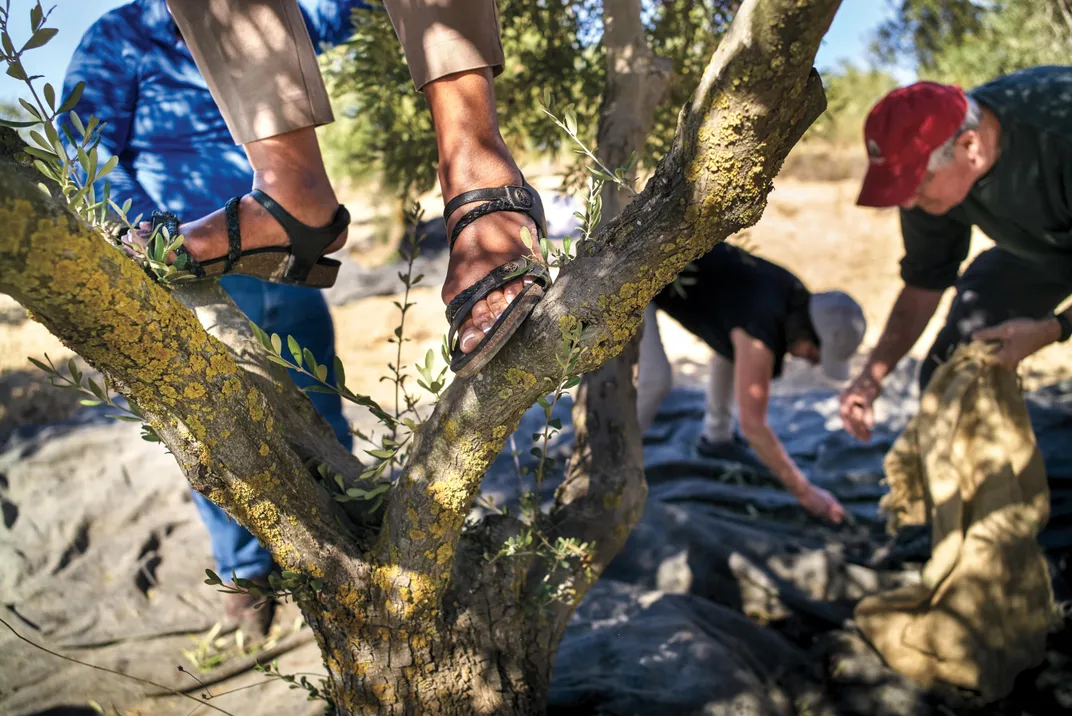
Later, as Oded and Aziz lead the group through the narrow alleyways of Jerusalem’s Old City, Aziz unfolds his story as a Jerusalemite. Although born here, he is merely a permanent resident, not a citizen. After the Six-Day War in 1967, when Israel captured the
West Bank and Gaza Strip, it annexed East Jerusalem and 28 surrounding Palestinian villages, home to some 70,000 Palestinians, including Aziz’s family. Those Palestinians were not granted citizenship, and though they are eligible to apply for it, the process is difficult. Even Aziz’s tenuous residency status can be revoked if the government determines he is not “centering his life” in the city. That’s a risk for someone who runs an international travel company, has lived in the United States, and works on conflict resolution around the globe.
Last September, Aziz announced that he would run for mayor of Jerusalem, intending to take a case to court to test the right of a noncitizen to do so. But he was assailed from both sides before he could even file suit. He learned that his Israeli-issued residency permit was suddenly under review. Activists linked to the Palestinian Authority threw eggs at him and threatened his life for breaking with a long-standing election boycott and “legitimizing” the Israeli occupation. (Only about 2 percent of Palestinians who are eligible to vote in Jerusalem’s municipal elections actually do so.) Aziz eventually withdrew, but he still thinks his strategy was the right one. “Our leaders aren’t pragmatic,” he laments. “Instead of opening a discussion, they resort to violence and threats.”
One evening, our group visits Aziz’s family home, in the village of Bethany, just beyond the area annexed by Israel. Aziz’s father built the large house himself, and planted trees and gardens, only to learn that living in the house would disqualify the family as residents of Jerusalem. The family faced a choice between staying in the home and losing the right to travel freely to and from the city of their birth, or moving into a cramped apartment within the city lines. They chose the apartment, to protect their status. Today they may only visit the home in Bethany, never sleep there.
On the wall of the house’s main salon is a photograph of Aziz’s brother, Tayseer. When 19-year-old Tayseer was released from prison, in 1991, he was vomiting blood. His family rushed him to the hospital, but it was too late. Aziz reflects that it was hard to abandon a desire for revenge, but demonizing and dehumanizing the enemy, he says, only serve to fuel the conflict. He realized he had a choice to defy that impulse.
From the kitchen, Aziz’s mother, aunts and sister-in-law emerge with huge pots of maqluba, “upside down” in Arabic. With great flourish, they invert the pots and present perfectly layered towers of rice, chicken and vegetables. A band whose members are Israeli and Palestinian performs songs reflecting both traditions. Aziz and his nephews teach us some Arabic dance moves while his parents, clad in traditional Palestinian robes, look on in amusement.
* * *
On Sunday morning, we make our way through the teeming alleys of the Old City, where merchants pushing handcarts cry out for right of way through processions of Franciscan monks in rope-belted robes and hordes of tourists. Hidden behind a high wall, we find the 19th-century Church of the Redeemer. Its cool, geranium-decked courtyard is an unexpected oasis from the bustle of the ancient city.
After a church service, Oded brings us to the Western Wall, the last remnant of the Second Temple, which was destroyed by the Romans in A.D. 70. Known as the Kotel, it is the most sacred space in Judaism. As the midday sun beats down on the ancient stones, Oded holds up a copy of a famous photograph. It shows young Israeli soldiers in the Six-Day War who were the first to fight their way through Jordanian troops and minefields, uniting the city under Jewish control. The soldiers’ faces are battle-weary, but their expression as they gaze up at the wall is filled with awe. “Two thousand years of yearning in this photograph,” says Oded.
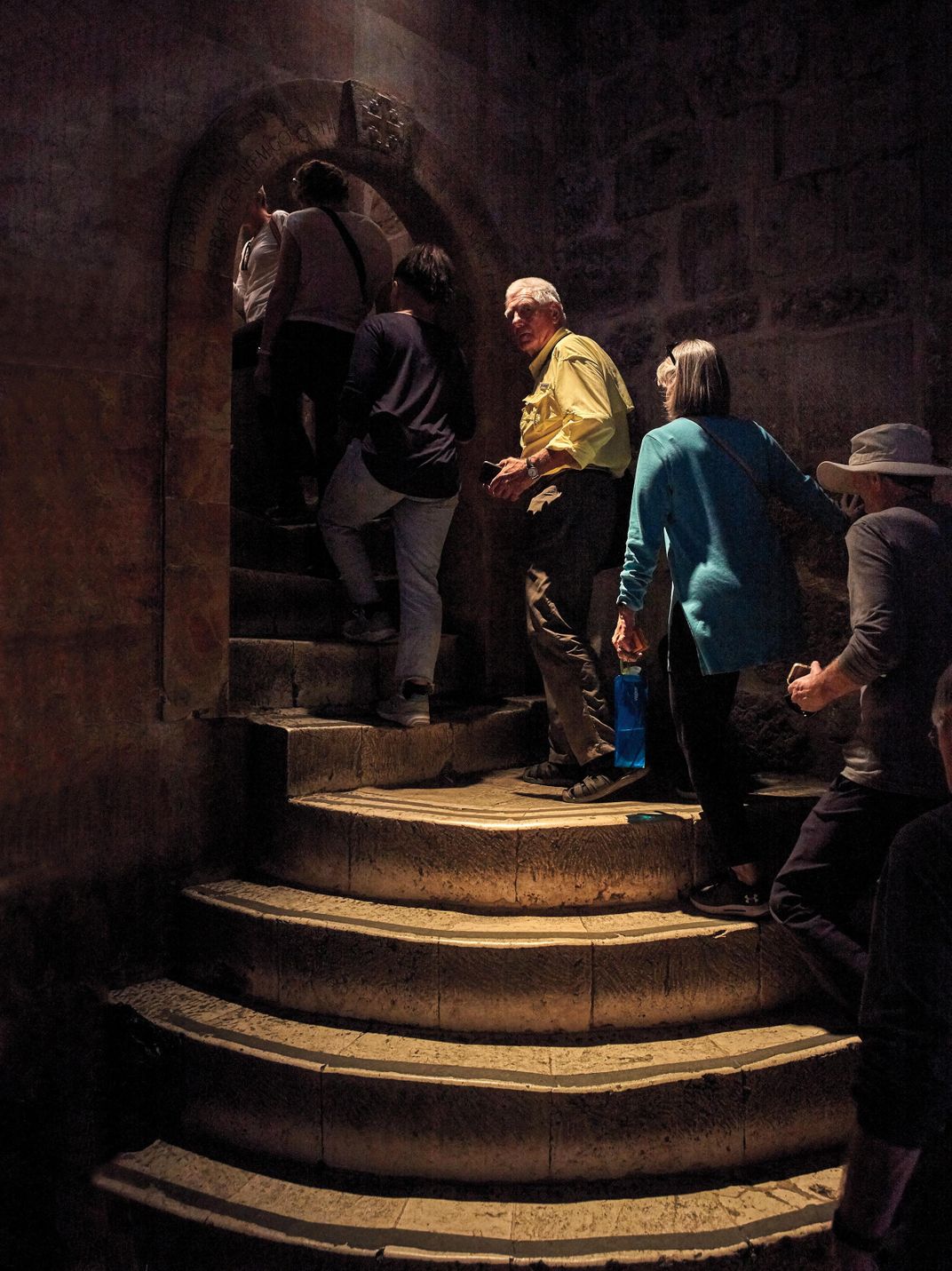
Oded outlines the evolution of Israel’s military vision, from the euphoric invincibility born of that swift victory in 1967—when Israel pushed the Syrian Army back from the strategic Golan Heights, drove the Egyptians out of the Sinai Peninsula and Gaza and the Jordanians out of the West Bank and East Jerusalem—to the beginning of the military occupation there that continues more than 50 years later. Then he explains the attempted reversal in 1973, when Egypt and Syria launched a surprise attack on Yom Kippur, the holy day when Jews fast and pray. It took hours to contact key reservists and several days to mobilize the unready forces. “We thought we were on the verge of the third temple destruction,” says Oded, meaning that it seemed possible the Jewish state could be wiped out, as it was in ancient times.
That afternoon is spent at Yad Vashem, Israel’s Holocaust memorial and museum. I wander outside, to the Garden of the Righteous Among the Nations, in search of a plaque honoring Dervis and Servet Korkut, Muslims who sheltered a Jewish girl during the Nazi occupation of Sarajevo. Dervis Korkut, an Islamic scholar and the national museum’s chief librarian, also saved a masterpiece of medieval Judaica, a rare illuminated codex known as the Sarajevo Haggadah.
In 2008, I wrote a novel, People of the Book, based on the journey of that haggadah, imagining the stories of those who carried it to safety over hundreds of years. The haggadah was created in Spain before the Inquisition, at the time of La Convivencia, or The Coexistence, when Muslims, Christians and Jews lived peacefully together until violent Catholic bigotry forced Muslims and Jews into exile. The haggadah was saved from Catholic book burning by a priest in Venice in 1609, and, by the 19th century, had made its way to Sarajevo, where in early 1942 Korkut saved the book from Nazi looters, hiding it among Qurans in a mosque. Fifty years later, Sarajevo’s own celebrated convivencia was ripped apart by ethnic cleansing during the Bosnian War. This time, another Muslim librarian rescued the haggadah as the museum was being shelled. For many, the book has come to symbolize how an ideal of multiplicity—of religion, of ethnicity, of culture—can survive, if only enough people care.
Novelists live by imagining the unlikely, and walking in Yad Vashem’s sun-dappled, pine-fragrant shade, my mind drifts to an alternate narrative in which that Syrian border in the north isn’t filled with skeins of razor wire, and a person of any background or creed could hop in her car and drive those 37 miles for dinner in a peaceful Damascus. It’s the kind of reverie that feels irresistible when visiting this place.
Back in 1991, when I was still a foreign correspondent, I asked people across the region to play this mind game with me on the eve of the Madrid Peace Conference, the first time Israeli and Palestinian officials sat down publicly to speak about an accord. At first, everyone shrugged off my question: Peace was impossible, the hatred ran too deep.
But when I prodded, they began to unspool wondrous visions of a golden age of friendship and prosperity, a convivencia for a new era. A Palestinian shipping magnate exiled in Jordan dreamed of plunging into the surf at Caesarea, as he used to as a child. A Syrian man longed to visit the place his parents had honeymooned on the West Bank. An Israeli cartoonist told me he just wanted to “sit and schmooze over coffee, like normal neighbors.”
It was bittersweet to recall those conversations, yet it seemed apt to reflect on such possibilities at Yad Vashem. Israel and Germany had become staunch allies less than half a century after the Second World War. Who had a right to say peace was unthinkable?
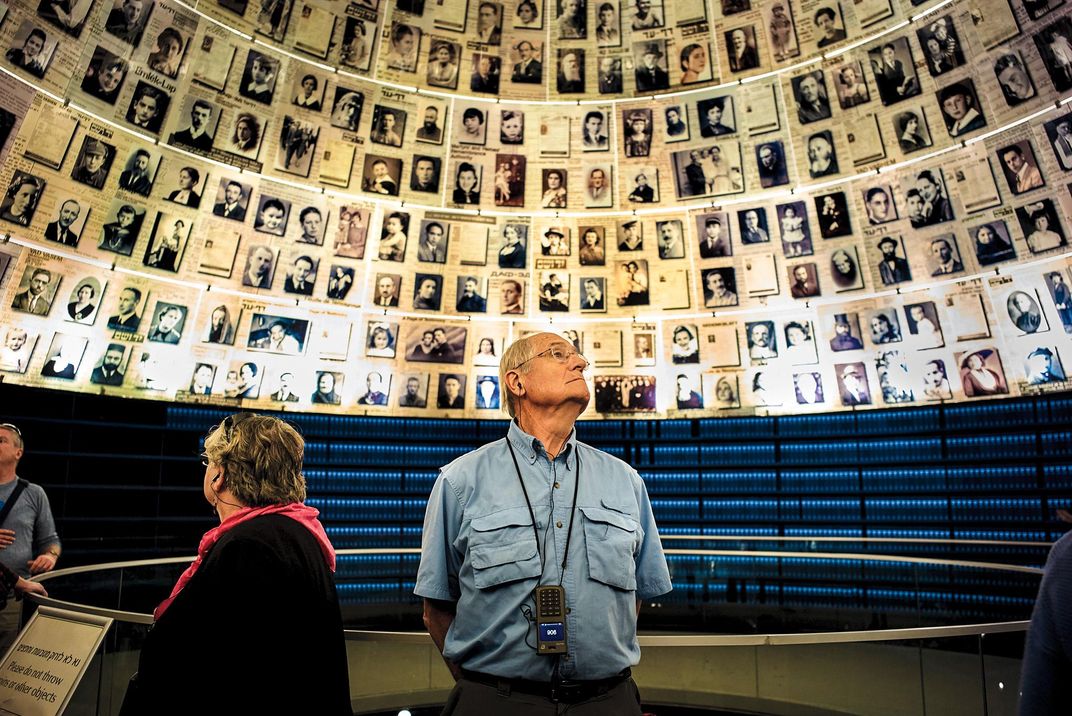
When I rejoin our group, they are meeting with Berthe Badehi, a Holocaust survivor who spent her childhood hiding from Nazis among French farmers. After the war, she immigrated to Israel, and she recalls her astonishment the first time she went to the bustling food market of Jerusalem’s Machane Yehuda. “There were Jews everywhere,” she says. “I had been in hiding all my life. Finally, here was a place to be myself.”
But there was a high price. In 2002, her oldest grandson was killed at 22, when he was part of an army unit attempting to free Israeli soldiers trapped inside Palestinian leader Yasser Arafat’s besieged compound headquarters during the Second Intifada. She shows us a picture of the young man, and Oded gasps. He recognizes him. He embraces Berthe, and tells her that he lives in the same community as another of her grandsons, where every year they commemorate her elder grandson’s death. It is another reminder of the intimacy and interconnectedness of this society.
* * *
The next morning, we visit the “City of David,” an extensive and glossily presented archaeological dig just outside the southern wall of the Old City. Excavations have uncovered the ruins of a large palace possibly built during the Davidic era (c. 1000 B.C.), as well as the probable source of the ancient city’s water supply. I had been here before, researching The Secret Chord, a novel I wrote about the life of King David. Then, as now, the excavations fueled my imagination, conjuring the city as it is described in the Bible, rising up out of the crumbled stones, peopled with musicians and artisans.
Our guide to the site, a British immigrant to Israel, is a practiced presenter who radiates enthusiasm as he describes a recent discovery: a processional way closely matching details from the story of young Solomon, mounted on his father’s mule, anointed king by Tzadok the priest and Nathan the prophet—a ceremony still enacted at every British royal coronation.
For a person like me, who excavates the past for fiction, it’s easy to get swept up by all of this. But I am shaken from my daydream when we tour Silwan, the predominantly Palestinian village that sits atop the excavations. Our guide here is neither practiced nor fluent in English, just an old man in a dingy robe who fears for his neighborhood. Many of the humble dwellings here are cracking, undermined by the excavations, and others have been occupied by Jewish settlers. There is palpable tension, as Palestinians sidle warily past armed Israeli guards to reach their homes, while Israeli school buses have mesh over the windows to protect against stones, Molotov cocktails, or worse. If this was, indeed, the site of David’s city, I imagine he would despair to find it in such a state.
Our final stop is a close-up look at the separation barrier, which, when it is completed, is designed to carve the landscape for 440 miles. The first sections were built in 2003, at the height of the Second Intifada, when, Israel says, it was necessary to prevent suicide bombings, which have practically ceased since. But for Palestinians, the wall has meant further loss of land; in some places, families have been separated, and many farmers have lost access to their own fields.
In 2017, the British artist Banksy opened the Walled Off Hotel, not far from Bethlehem. Billed as the hotel with “the worst view in the world,” it is hard up against a soaring concrete section of the Palestinian side of the barrier, which has become a canvas for portraits of Palestinian resistance figures and for sarcastic graffiti: “In my previous life I was the Berlin Wall. The beer was better there.” “Make hummus not walls.” The hotel is part political statement, part immersive artwork, with edgy décor like the bullet-strafed water tank that fills the hot tub in the presidential suite. A sardonic multimedia account of the conflict, delivered in a plummy British-colonial accent, concludes with the line: “If you are not completely baffled, then you don’t understand.”
Visitors nod in agreement.
* * *
We share a farewell dinner at the Eucalyptus, a kosher restaurant in Jerusalem, where the Israeli chef, Moshe Basson, explains how he uses indigenous ingredients, including many frequently mentioned in the Bible—hyssop, dates, pomegranate, almonds.
Over an array of fragrant dishes, the guests share the lessons of an intense week.
“Before I came, I didn’t know what I didn’t know,” observes Kim Morton.
“I came thinking I was going to hear two sides,” says Roger Bennett. “Now I’ve figured out there are many more than two sides.”
For Craig Linn, the most enlightening moment came in Yad Vashem. “The need for security is so great,” he says. “When Berthe says, ‘I just wanted a place where I could be myself.’” He pauses, recalling the emotion of the moment. “But then, the Palestinians feel that, too....”
Cathy Long, who is a generation older than our guides, takes a personal tone. “I’m leaving all of this feeling you two are my sons,” she says, her voice catching. “I just wish there was an answer, something we could do, so that your kids could be safer.”
Oded, who has two small children, is clearly moved. “I hope that next time you come, there will be something more positive to show you,” he says. “But you help by keeping an open heart, and by being curious about everything.”
Aziz concludes the meal by quoting the poem “Tourists,” by the celebrated Israeli poet Yehuda Amichai. The poem is shot through with bitterness about the way some tourists see his country, connecting more with its edifices than its people. In the last lines, a tour guide fixates on a Roman arch not far from the Tower of David, in the Old City.
Redemption will come
Only if their guide tells them,
“You see that arch from the
Roman period?
It’s not important:
But next to it, left and down a bit,
There sits a man who’s bought fruit and vegetables for his family.”
The tower Amichai mentions is one of the most prominent features of the city’s ancient wall. When I was a young reporter covering the conflict, I would often sit in the evenings on a bench in the lovely old neighborhood across the valley, and gaze at the tower as the moon rose behind it, turning the stones pearly against a blushing sky. In those days, it provided a moment of solace after witnessing so much violence.
The morning after our final meal, as the group disperses to catch flights homeward, I visit the tower again. There is no weary man with his vegetables resting there today. In fact, as I climb the steps to the base of the tower, the area is unexpectedly deserted. For a few minutes, I’m alone.
When I was writing my novel about King David, I wanted to set a scene inside the tower that bears his name. But my research quickly revealed that the striking stone structure had nothing to do with him. King Hezekiah may have built the first tower on the site, long after David’s era. In time, that tower fell, and other structures rose in its place, as Jews, Romans, Byzantine Christians, Arabs, Crusaders and Ottoman Turks bled and died for control of these stones. The graceful edifice that stands today is actually a minaret—the remains of a mosque built in 1637.
And that makes it the perfect symbol of this land’s many-layered narratives, the inspired fictions we cling to and the painful truths we bury.
People of the Book
Inspired by a true story, People of the Book is a novel of sweeping historical grandeur and intimate emotional intensity by an acclaimed and beloved author.
The Secret Chord: A Novel
Peeling away the myth to bring David to life in Second Iron Age Israel, Brooks traces the arc of his journey from obscurity to fame, from shepherd to soldier, from hero to traitor, from beloved king to murderous despot and into his remorseful and diminished dotage.
A Note to our Readers
Smithsonian magazine participates in affiliate link advertising programs. If you purchase an item through these links, we receive a commission.
:focal(2161x919:2162x920)/https://tf-cmsv2-smithsonianmag-media.s3.amazonaws.com/filer/21/ee/21ee120b-041a-4604-8a0c-06b06664d5a6/julaug2019_j01_dualnarratives.jpg)
